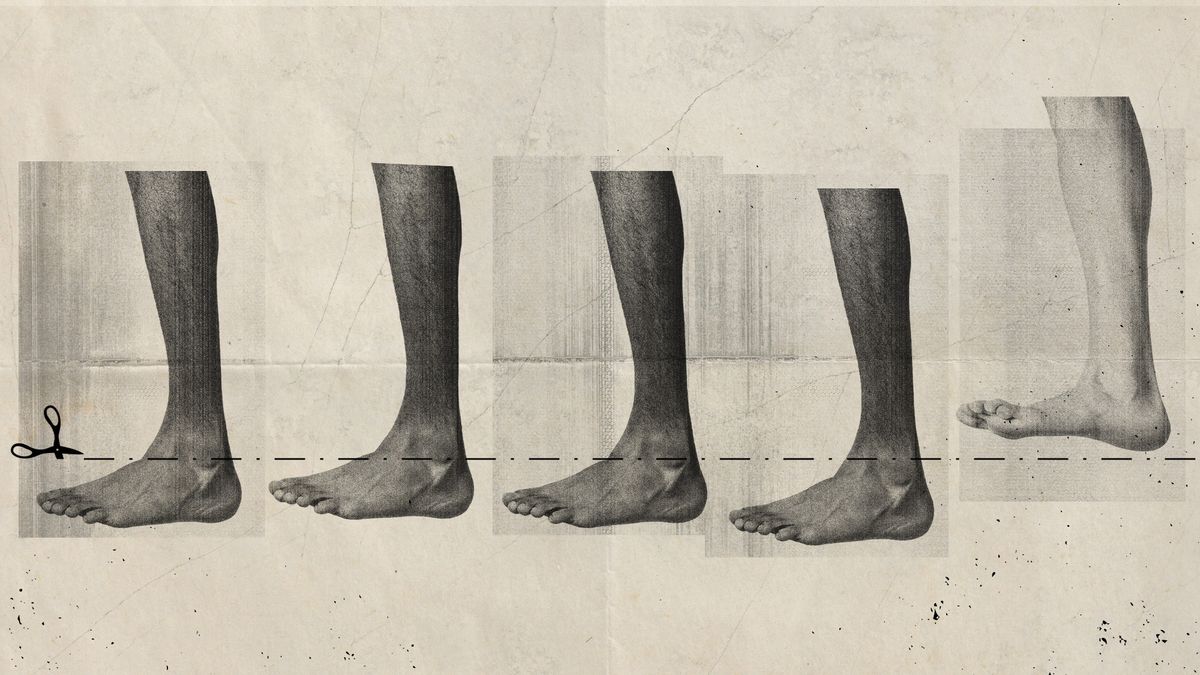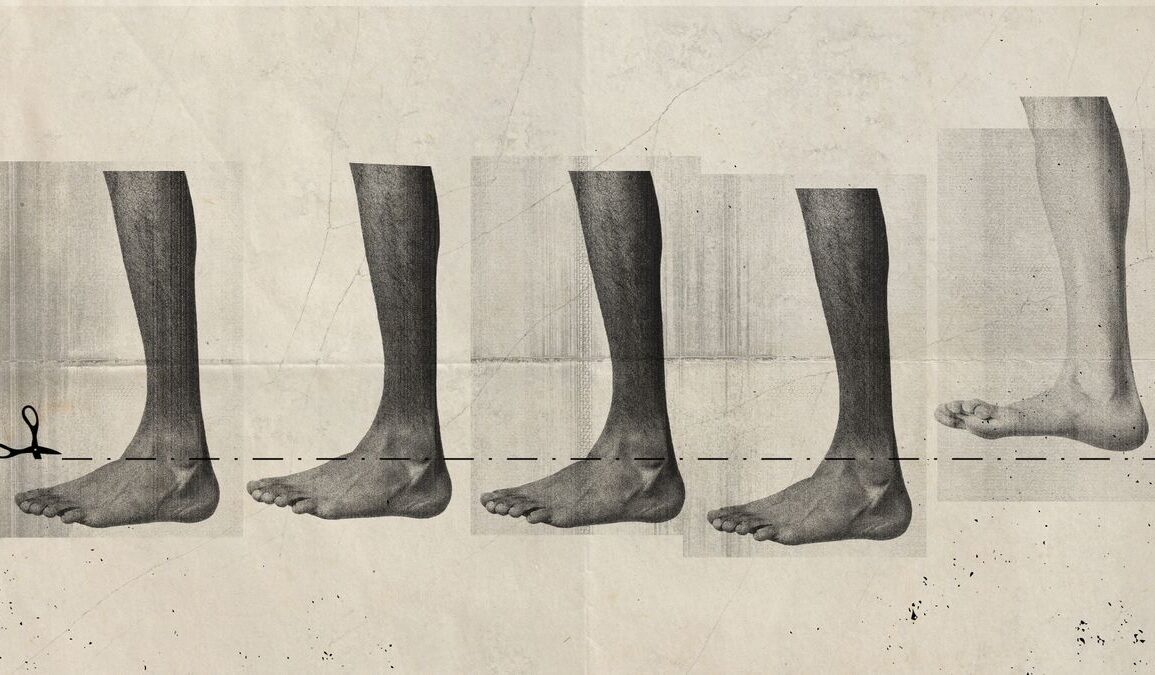The number of people with diabetes in America has been on the upswing in recent years, and so has the number of amputations related to complications from the illness. As with many other health care disparities in the United States, the Black and Latin American communities are getting hit the hardest by the crisis, having their limbs amputated at a higher rate than their white counterparts.
‘The most stark disparity in Black versus white health in America’
The number of diabetic Americans suffering from complications that result in amputation has been on the rise in general in the United States. About 154,000 Americans with diabetes undergo amputation each year, per the American Diabetes Association’s Amputation Prevention Alliance. As much as 80% of non-traumatic lower limb amputations are due to diabetes complications. And many of the amputations were preventable.
“It is a perfect storm of poor health and lack of medical guidance,” Dr. Dean Schillinger, founder of the UCSF Center for Vulnerable Populations, said to The Guardian. A person who has developed a foot ulcer “often doesn’t realize they need to not put weight on this foot so it can heal,” she said. They’re often working to support their families and can’t just ‘put their feet up for four to six weeks.'”
Subscribe to The Week
Escape your echo chamber. Get the facts behind the news, plus analysis from multiple perspectives.
SUBSCRIBE & SAVE
Sign up for The Week’s Free Newsletters
From our morning news briefing to a weekly Good News Newsletter, get the best of The Week delivered directly to your inbox.
From our morning news briefing to a weekly Good News Newsletter, get the best of The Week delivered directly to your inbox.
Statistics show that specific communities are more likely to be caught in that perfect storm. Studies show that less affluent Americans with diabetes are more than four times more likely to have a limb amputated than wealthier Americans with diabetes. Black and Latin American diabetics are four times as likely to need amputations than white Americans, according to a September study. Black people are also three times as likely to develop peripheral artery disease (PAD), the “diabetes-related condition that impedes blood flow to the limbs,” The Guardian said. Amputations are known as a “mega-disparity” in health care, Schillinger said to the outlet. “It is perhaps the most stark disparity in Black versus white health in America.”
Texas has one of the highest rates of diabetes-related amputations, and the majority Mexican American city of San Antonio has been hit hard by the crisis. It has been driven by a “lethal combination of genetics, poor access to health care, diets high in processed foods and sedentary lifestyles,” said The New York Times. The problem is especially stark for men, who are about three times more likely to lose a foot to diabetes than women, “possibly because of cultural stigmas that prevent many Latino men from looking closely after their health.”
“For Hispanics in South Texas, diabetes is the big boogeyman you’re always watching out for, especially if you can’t afford preventive care,” Joaquin Castro, a congressman who represents San Antonio, said to the Times.
Lagging in preventative care
The rise of type 2 diabetes is a “deadly epidemic” that is “largely reversible with a low-carbohydrate diet,” Neil Barsky said in The Guardian. The lack of public urgency around the public health crisis is, in some ways, “the result of the nation’s most powerful diabetes advocacy group, the American Diabetes Association (ADA),” which “works hand in glove with its big food, pharmaceutical, and medical technology donors” who benefit from the $400 billion Americans spend annually on diabetes-related care. The struggles diabetic people with limb amputations face are “interwoven with our other challenges of poverty, race and inadequate healthcare,” he said. “Amputees in the U.S. are close to invisible.”
The difficulty in accessing preventative care is part of the problem’s root. By the time patients get to an emergency room, “it is sometimes too late,” Dr. David G Armstrong, a professor of surgery at the Keck School of Medicine at the University of Southern California, said to The Guardian. “But if we can see them sooner in the clinic, the vast majority of these cases are preventable.”
Dr. Richard Browne, a senior medical executive at Johnson & Johnson, told ABC News that another factor is that many Black patients are not getting the correct information about their diabetes from doctors early on. “Very often, their symptoms are ignored,” Browne said. Medical professionals can be affected by “unconscious bias,” which leads them to jump to amputation based on assumptions the patient might not return for care. Browne said that with the proper treatment, patients could avoid amputations altogether.




